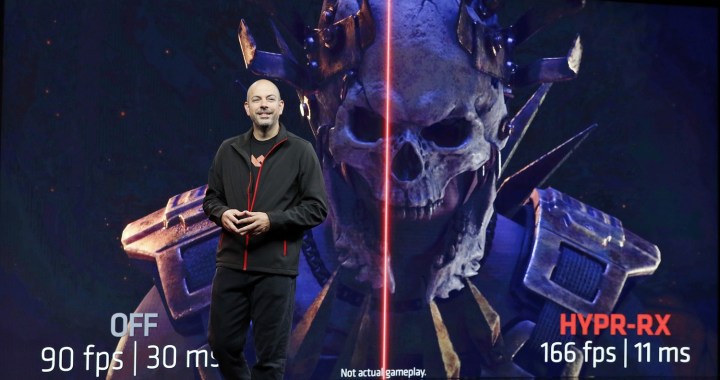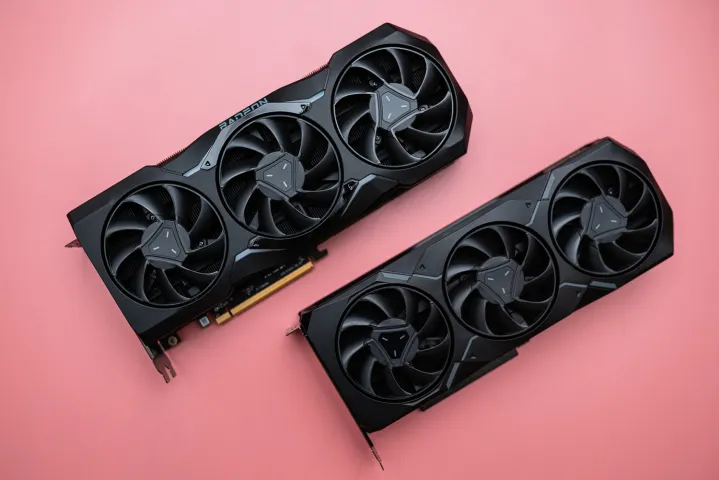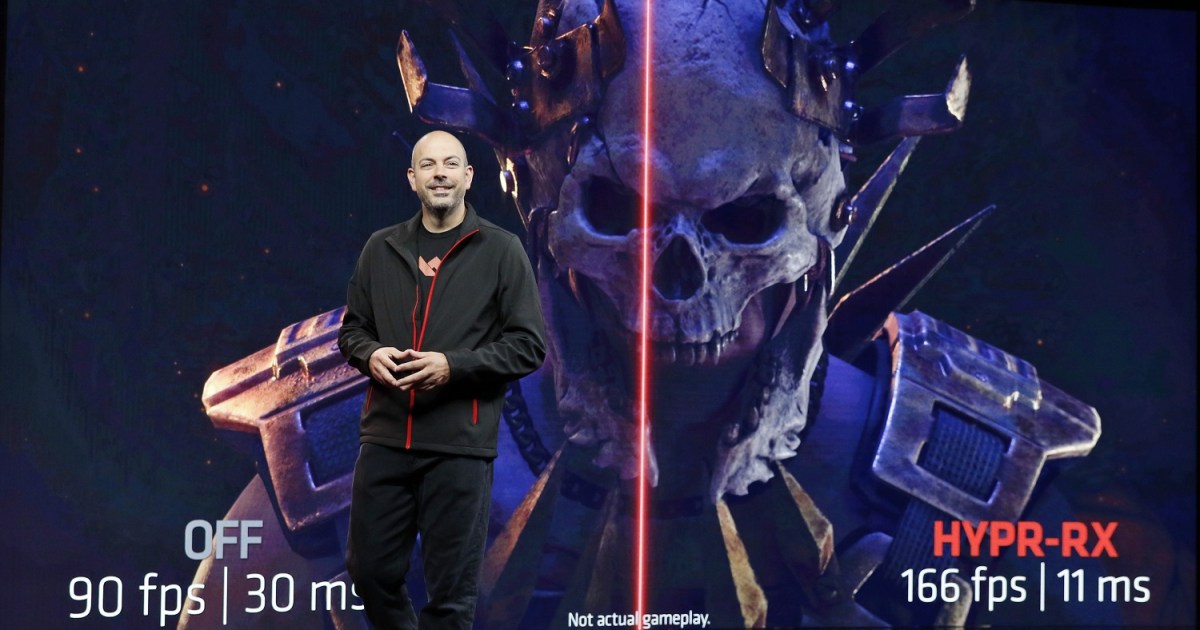
AMD’s FidelityFX Super Resolution 3 (FSR 3) has faced challenges, but there may be improvements in 2024. The company’s chief technology officer hinted at a significant year for AMD in AI, particularly in upscaling. Could this lead to changes in AMD’s next-gen RDNA 4 graphics cards?
In a podcast interview, Mark Papermaster, AMD CTO, dropped hints about the company’s plans for 2024 focusing on AI. This aligns with Nvidia’s approach, emphasizing the importance of AI in their strategy.
Mark Papermaster stated, “This, for us, is a huge year because we spent so many years developing hardware and software capabilities for AI. We just completed AI-enabling in our entire portfolio, so cloud, edge, PCs, embedded devices, [and] gaming devices. We’re enabling our gaming devices to upscale using AI. And 2024 is really a huge deployment year for us.”
Speculations suggest that AMD might enhance FSR with AI capabilities to compete with Nvidia’s DLSS 3 and Intel’s XeSS. While FSR 3 is open-source and widely available, it lacks hardware support, potentially limiting AMD’s advancements.

Currently, Nvidia leads in upscaling technology. While FSR 3 shows progress, its adoption is slow, with limited game support. Nvidia’s DLSS 3 is a key feature in the latest GPUs, boosting performance significantly.
Mark Paperman acknowledges AMD’s position in AI and aims to change the narrative, positioning the company as a leader in AI applications. He suggested, “I think this is also the year that that expanded portfolio of applications comes to life.”
Potential integration of AI into FSR and architectural changes in RDNA 4 graphics cards hint at exciting developments in 2024.
Editors’ Recommendations





